
Heartwarming, inspiring documentary that explores the unbreakable bonds we share with our dogs & how humans and dogs rescue each other.
You May Also Like

Film telling the untold story of John Lennon’s 1971 album Imagine, exploring the creative collaboration between Lennon and Yoko Ono and featuring interviews and never-seen-before footage.
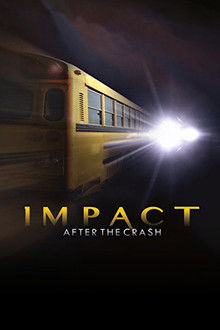
Documentary exploring the horrific Carrollton, Kentucky bus crash, which killed 27 people, mostly children, and injured many others. It was the worst drunk-driving related accident in US history.

A father fights for decades to bring his daughter’s killer to justice in France and Germany before taking extreme measures.
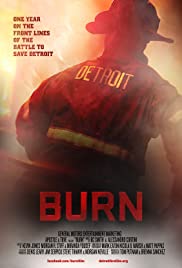
A character-driven, action-packed documentary about Detroit, told through the eyes of the Detroit firefighters, the men and women charged with the thankless task of saving a city that many have written off as dead.

Interviews with George Carlin’s family and friends, material from his stand-up specials and footage from his personal archive.
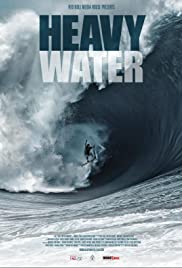
Heavy Water follows big wave surfer Nathan Fletcher through the evolution of surfing and his relationship with big waves. Tracing his lineage back to his grandfather, one of the pioneers of Oahu’s North Shore, Fletcher and other fellow surf and skateboard legends share insights from the pursuit of their passion.

Hull, England, 1970. In a run-down commune in a tough port city, a group of social misfits – mostly working class, mostly self-educated – adopted new identities and began making simple street theater under the name COUM Transmissions. Their playful performances gradually gave way to work that dealt openly with sex, pornography, and violence. COUM lived on the edges of society, surviving on meager resources, finding fellowship with others marginalized by the mainstream. At the core of the group were two artists, Genesis P-Orridge and Cosey Fanni Tutti. As their work evolved, Cosey embarked on a career modeling for pornographic magazines, which she claimed for herself as a conceptual artwork, using it to forge a specific position in relationship to 1970s feminism. In performances, Genesis pushed himself to extremes, testing the limits of the human body.
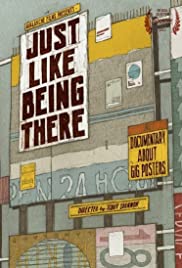
In the gig poster community, artists such as Daniel Danger and Jay Ryan prove that creating this artwork is a way of life, more than just a career. These artists are at the forefront of an expansion of the gig poster genre. MONDO’s reinvigoration of “the film poster as an art form,” and Gallery 1988’s theme based exhibits are only two ways in which this artwork is reaching a greater public. In a community with strong roots, dating back to the 1960s, this expansion is controversial- refreshing to some, sacrilegious to others.
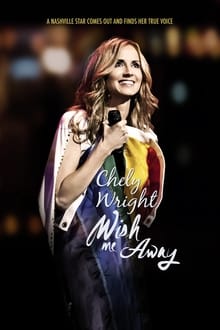
After a lifetime of hiding, Chely Wright becomes the first commercial country music singer to come out as gay, shattering cultural stereotypes within Nashville, per conservative heartland family and, most importantly, within herself. With unprecedented access over a two-year period, including her private video diaries, the film layers Chely’s rise to fame while hiding in the late 90’s with the execution of her coming out plan, culminating in the exciting moment when she steps into the media glare to reveal she is gay. The film shows both the devastation of internalized homophobia and the transformational power of living an authentic life. The film also documents the conflicting responses from Nashville, the heartland and the LGBT community as Chely Wright prepares for an unknown future.
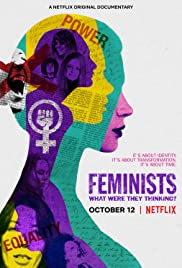
In 1977, a book of photographs captured an awakening – women shedding the cultural restrictions of their childhoods and embracing their full humanity. FEMINISTS: WHAT WERE THEY THINKING? revisits those photos, those women and those times and takes aim at our culture today that alarmingly shows the need for continued change.
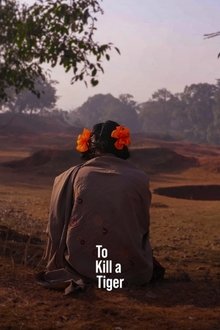
Ranjit, a farmer in India, takes on the fight of his life when he demands justice for his 13-year-old daughter, the victim of a brutal gang rape. His decision to support his daughter is virtually unheard of, and his journey unprecedented.

Anat Gov, one of the most influential playwrights in Israeli theatre, is preparing for her death. She asks Arik Kneller, an artists’ agent, to be the executor of her will. Arik struggles to accept the humor and serenity with which she faces her upcoming end. Anat, consciously accepting her nearing end, wishes to leave a spiritual legacy: there can be a happy ending. Almost a decade after her death, her loved ones try to fill the void left by her words with their own. Through excerpts from her plays and footage of her family and political world, a new script is written: one in which the line between the play and reality is blurred.